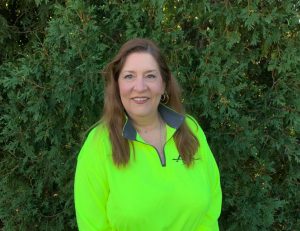Know Your Crew
Importance of Knowing Your Crew
Written by Margaret Hebert
If one of your employees acted dizzy, shaky, and confused, would you just assume they had a few too many the night before and tell them to work it off?
However, if you knew this employee is diabetic and knew that these are symptoms of low blood sugar, you’d be much more concerned and would take appropriate action.
This is just one example of the importance of knowing your crew when it comes to serious health concerns.
Although most non-fatal tree worker incidents are due to trauma, there are also incidents related to illnesses and medical conditions. It’s important that you and your crew members are not only aware of any serious medical conditions fellow workers have, but also know how to properly respond to emergencies that may arise as a result.
Two common chronic medical conditions are diabetes and allergies. Both conditions can require prescription medications, so it’s important to know about the condition and make sure they carry the medication with them.
A person with diabetes may exhibit symptoms of high blood sugar or low blood sugar. Since low blood sugar occurs when the person doesn’t eat enough food for the energy they are exerting, this is likely to be what happens with tree workers. Symptoms of low blood sugar include shakiness, confusion, dizziness, headache, excess sweating, excess hunger, irritability, and pale skin.
Diabetics should always carry with them sugary food and/or drinks in case they experience low blood sugar. They may even carry glucose tablets that are made specifically for treating this condition. Co-workers should know where these are in case the person needs help getting them. If the person becomes unconscious, call 911 immediately and do not force food or drink.
Someone with severe allergies can experience anaphylaxis, or anaphylactic shock, when exposed to an allergen such as certain foods, insect stings, or plants like poison ivy. Anaphylaxis includes swelling of the airway and a sudden drop in blood pressure, both which are life threatening. Always make sure anyone who has been prescribed an epinephrine auto-injector has it with them, that crew members are aware of the allergy(ies), and that crew members know where the auto-injector is kept and how to use it.
Because of the critical nature of anaphylactic shock and because a second reaction called biphasic reaction can occur as long as 12 hours after the initial reaction, you should call 911 and get to the nearest emergency facility even if epinephrine has been administered and the person seems “fine.”
These and other conditions and how to respond to them are covered in your first aid/CPR training that is required by ANSI Z133 – 2017 Safety Requirements, section 3.2.5. Keep current with your training and “Know Your Crew!”







Recent Comments